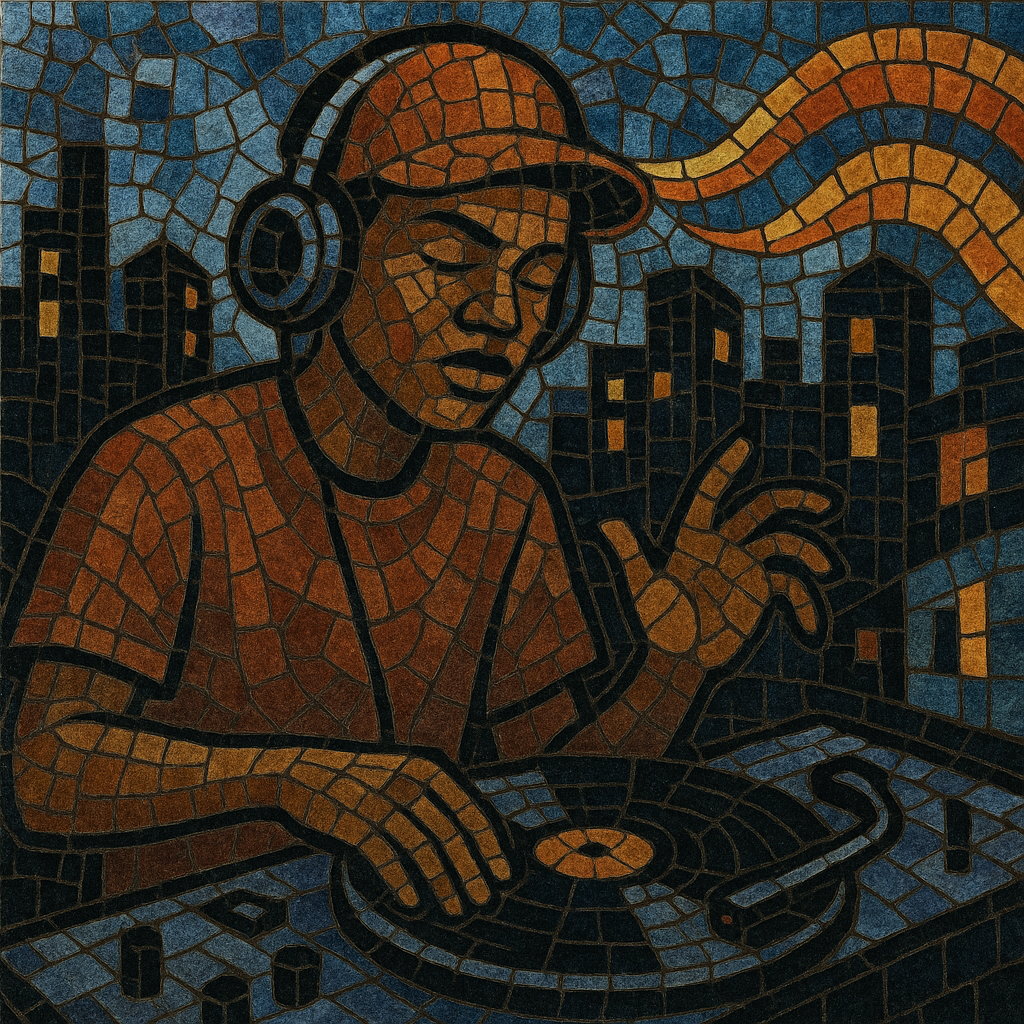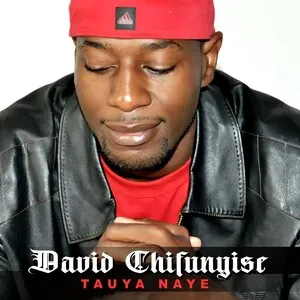Urban Grooves is a Zimbabwean contemporary pop movement that fuses R&B, hip hop, and dancehall with local melodies, languages, and sensibilities.
Emerging in the early 2000s, it features smooth R&B vocals, rap verses, and dancehall-inflected rhythms over polished, synth-led productions. Lyrics often mix Shona, Ndebele, and English, centering on love, youth culture, and everyday social life.
The sound is defined by catchy hooks, lush harmonies, and mid-tempo grooves, frequently incorporating melodic figures reminiscent of traditional Zimbabwean music (e.g., mbira-inspired lines) within modern urban arrangements.
Urban Grooves emerged in Zimbabwe as young artists began blending American R&B and hip hop with Jamaican dancehall and regional influences such as South African kwaito. This wave coincided with the rise of affordable digital production tools and local studios capable of modern, radio-ready sound.
A pivotal moment was the introduction of strong local-content quotas on national radio and TV in the early 2000s, which dramatically increased airtime for Zimbabwean music. This policy provided a platform for a new generation of artists and producers, rapidly popularizing Urban Grooves across the country. The scene coalesced around smooth R&B songwriting, rap verses, and dancehall rhythms, delivered in Shona, Ndebele, and English.
Through the mid-2000s, Urban Grooves dominated youth-oriented media, with polished singles, music videos, and compilation albums. Producers and collectives helped shape a cohesive aesthetic: mid-tempo beats, layered harmonies, and melodic hooks drawing on local musical DNA while maintaining a glossy urban feel.
By the 2010s, Urban Grooves had diversified and intersected with broader African pop trends. Its infrastructure, audience, and stylistic templates helped incubate later movements—most notably Zimdancehall—while many artists continued to release hybrid pop, R&B, and rap that kept the Urban Grooves sensibility alive. Today it stands as a landmark era that normalized contemporary urban production and multilingual songwriting in Zimbabwean mainstream music.



